 The year 2024 marks a significant milestone in the conservation and promotion of Hue's cultural heritage . The results achieved not only contribute to preserving cultural and historical values but also open up a new direction for sustainable development, harmoniously combining heritage conservation and economic promotion.
The year 2024 marks a significant milestone in the conservation and promotion of Hue's cultural heritage . The results achieved not only contribute to preserving cultural and historical values but also open up a new direction for sustainable development, harmoniously combining heritage conservation and economic promotion.
 Hue continues to affirm its position as a leading locality in the conservation and promotion of cultural heritage values. A series of architectural works belonging to the Complex of Hue Monuments have been carefully restored, ensuring their originality and historical value.
Hue continues to affirm its position as a leading locality in the conservation and promotion of cultural heritage values. A series of architectural works belonging to the Complex of Hue Monuments have been carefully restored, ensuring their originality and historical value.
 In early 2024, Hue officially opened the Kien Trung Palace relic after 4 years of restoration and embellishment with a total investment of 124 billion VND. In November 2024, Hue announced the completion of the project to preserve and restore the Thai Hoa Palace relic with an investment of 128 billion VND. In December 2024, Hue and Da Nang announced the completion of the project: "Preservation, restoration and promotion of the value of Hai Van Quan relic" with a total investment of more than 42 billion VND. (The picture above is the Hai Van Quan relic).
In early 2024, Hue officially opened the Kien Trung Palace relic after 4 years of restoration and embellishment with a total investment of 124 billion VND. In November 2024, Hue announced the completion of the project to preserve and restore the Thai Hoa Palace relic with an investment of 128 billion VND. In December 2024, Hue and Da Nang announced the completion of the project: "Preservation, restoration and promotion of the value of Hai Van Quan relic" with a total investment of more than 42 billion VND. (The picture above is the Hai Van Quan relic).
 The restoration of Kien Trung Palace and the successful renovation of Thai Hoa Palace and Hai Van Quan are not only a big step forward in recreating the architectural heritage of Hue, but also contribute to enriching the historical and artistic values of the ancient capital. Among the works restored and embellished by Hue is Thai Hoa Palace, one of the most important palaces inside the Hue Imperial Citadel.
The restoration of Kien Trung Palace and the successful renovation of Thai Hoa Palace and Hai Van Quan are not only a big step forward in recreating the architectural heritage of Hue, but also contribute to enriching the historical and artistic values of the ancient capital. Among the works restored and embellished by Hue is Thai Hoa Palace, one of the most important palaces inside the Hue Imperial Citadel.
 During the Gia Long period, Thai Hoa Palace began construction in February 1805 and was completed in just 8 months. This was the place where the throne was placed and where 13 Nguyen Dynasty kings were crowned. Along with other palaces and mausoleums in Hue, Thai Hoa Palace is a structure located in the Complex of Hue Monuments, recognized by UNESCO as a world cultural heritage in 1993.
During the Gia Long period, Thai Hoa Palace began construction in February 1805 and was completed in just 8 months. This was the place where the throne was placed and where 13 Nguyen Dynasty kings were crowned. Along with other palaces and mausoleums in Hue, Thai Hoa Palace is a structure located in the Complex of Hue Monuments, recognized by UNESCO as a world cultural heritage in 1993.
 After more than 200 years, Thai Hoa Palace has degraded and was comprehensively restored by the Hue Monuments Conservation Center at the end of November 2021 with a total cost of 128 billion VND from the state budget.
After more than 200 years, Thai Hoa Palace has degraded and was comprehensively restored by the Hue Monuments Conservation Center at the end of November 2021 with a total cost of 128 billion VND from the state budget.
 The restored project has a total area of 7,100 m2, of which the Thai Hoa Palace campus is 4,851.3 m2, Thai Hoa Palace is 1,440 m2, and Dai Trieu Nghi yard is 1,640 m2.
The restored project has a total area of 7,100 m2, of which the Thai Hoa Palace campus is 4,851.3 m2, Thai Hoa Palace is 1,440 m2, and Dai Trieu Nghi yard is 1,640 m2.
 The entire frame system of the palace is made of ironwood. Of the 80 pillars of the palace, 66 are painted with red paint and painted with dragons and gilded with 24k gold leaf, a very important step in the restoration of Thai Hoa Palace.
The entire frame system of the palace is made of ironwood. Of the 80 pillars of the palace, 66 are painted with red paint and painted with dragons and gilded with 24k gold leaf, a very important step in the restoration of Thai Hoa Palace.
 Although the expected completion date was August 2025, Thai Hoa Palace completed its restoration and opened to visitors earlier in November 2024.
Although the expected completion date was August 2025, Thai Hoa Palace completed its restoration and opened to visitors earlier in November 2024.
 Close-up of the interior of Thai Hoa Palace after restoration. Exuding the majestic appearance of one of the important palaces in Hue Imperial City.
Close-up of the interior of Thai Hoa Palace after restoration. Exuding the majestic appearance of one of the important palaces in Hue Imperial City.
 On November 23, 2024, after the inauguration of Thai Hoa Palace, Hue held a groundbreaking ceremony for the conservation and restoration of Can Chanh Palace. The project will be implemented over 4 years, with a total cost of nearly 200 billion VND from the local budget.
On November 23, 2024, after the inauguration of Thai Hoa Palace, Hue held a groundbreaking ceremony for the conservation and restoration of Can Chanh Palace. The project will be implemented over 4 years, with a total cost of nearly 200 billion VND from the local budget.
 Previously, in October 2024, Hue started the project "Preservation, renovation, restoration and overall embellishment of Thai To Temple relic" with a budget of 52 billion VND in phase 1. Thai To Temple is the place where the temples of 9 Nguyen lords are located, from Lord Nguyen Hoang to Lord Nguyen Phuc Thuan.
Previously, in October 2024, Hue started the project "Preservation, renovation, restoration and overall embellishment of Thai To Temple relic" with a budget of 52 billion VND in phase 1. Thai To Temple is the place where the temples of 9 Nguyen lords are located, from Lord Nguyen Hoang to Lord Nguyen Phuc Thuan.
 In 2025, Hue will start the project of Restoration, embellishment and adaptive restoration of the Quoc Tu Giam and Van Mieu relics with a total investment of more than 240 billion VND for the two projects.
In 2025, Hue will start the project of Restoration, embellishment and adaptive restoration of the Quoc Tu Giam and Van Mieu relics with a total investment of more than 240 billion VND for the two projects.
 Along with restoration projects, Hue also focuses on preserving intangible heritage. Traditional festivals such as Hue Festival, Hue Ao Dai Festival... Royal arts such as Hue Royal Court Music continue to be preserved and promoted.
Along with restoration projects, Hue also focuses on preserving intangible heritage. Traditional festivals such as Hue Festival, Hue Ao Dai Festival... Royal arts such as Hue Royal Court Music continue to be preserved and promoted.



![[Photo] Promoting friendship, solidarity and cooperation between the armies and people of the two countries](https://vstatic.vietnam.vn/vietnam/resource/IMAGE/2025/4/17/0c4d087864f14092aed77252590b6bae)
![[Photo] Nhan Dan Newspaper announces the project "Love Vietnam so much"](https://vstatic.vietnam.vn/vietnam/resource/IMAGE/2025/4/17/362f882012d3432783fc92fab1b3e980)
![[Photo] Closing of the 4th Summit of the Partnership for Green Growth and the Global Goals](https://vstatic.vietnam.vn/vietnam/resource/IMAGE/2025/4/17/c0a0df9852c84e58be0a8b939189c85a)
![[Photo] National Assembly Chairman Tran Thanh Man meets with outstanding workers in the oil and gas industry](https://vstatic.vietnam.vn/vietnam/resource/IMAGE/2025/4/17/1d0de4026b75434ab34279624db7ee4a)
![[Photo] General Secretary To Lam receives French Ambassador to Vietnam Olivier Brochet](https://vstatic.vietnam.vn/vietnam/resource/IMAGE/2025/4/17/49224f0f12e84b66a73b17eb251f7278)


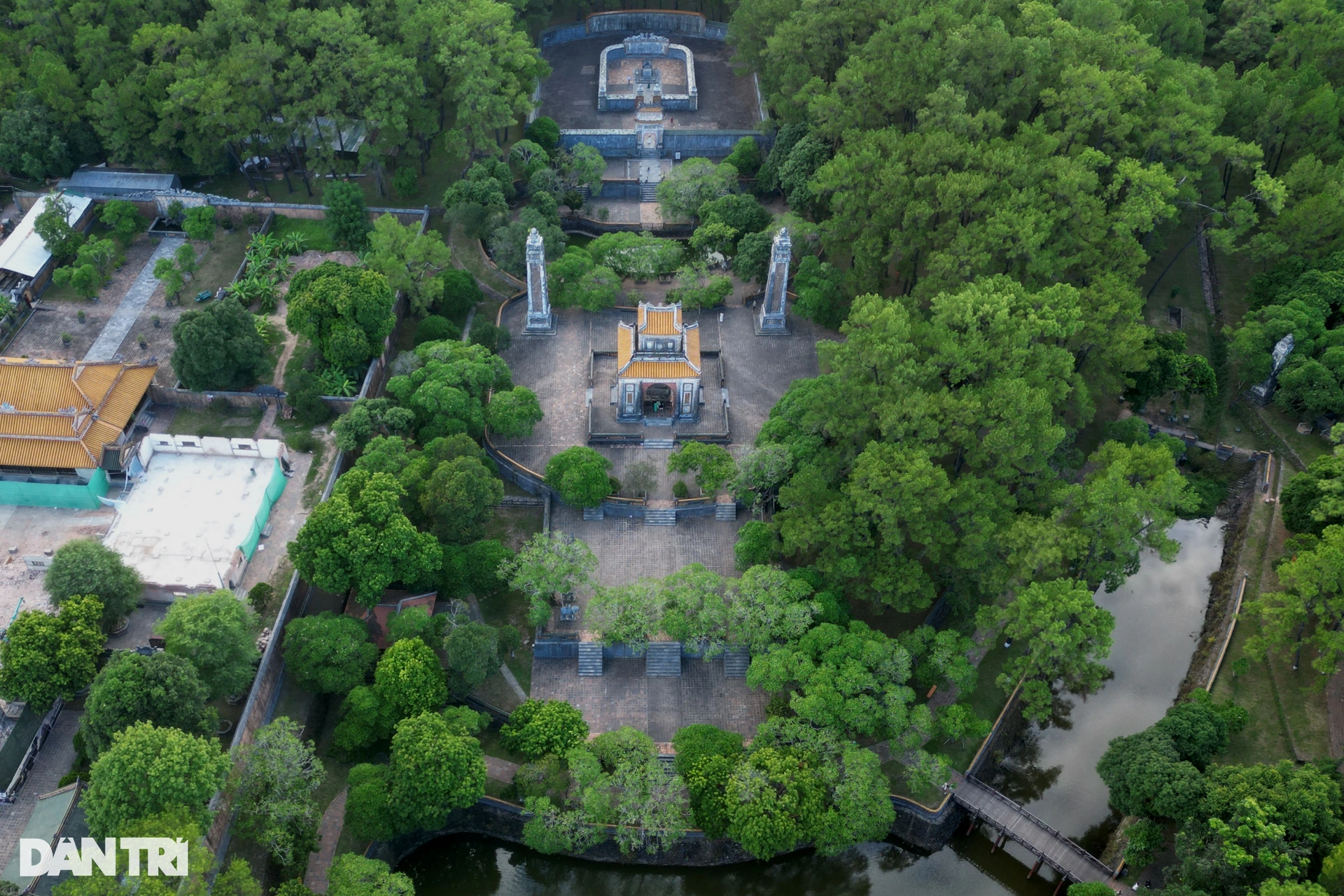

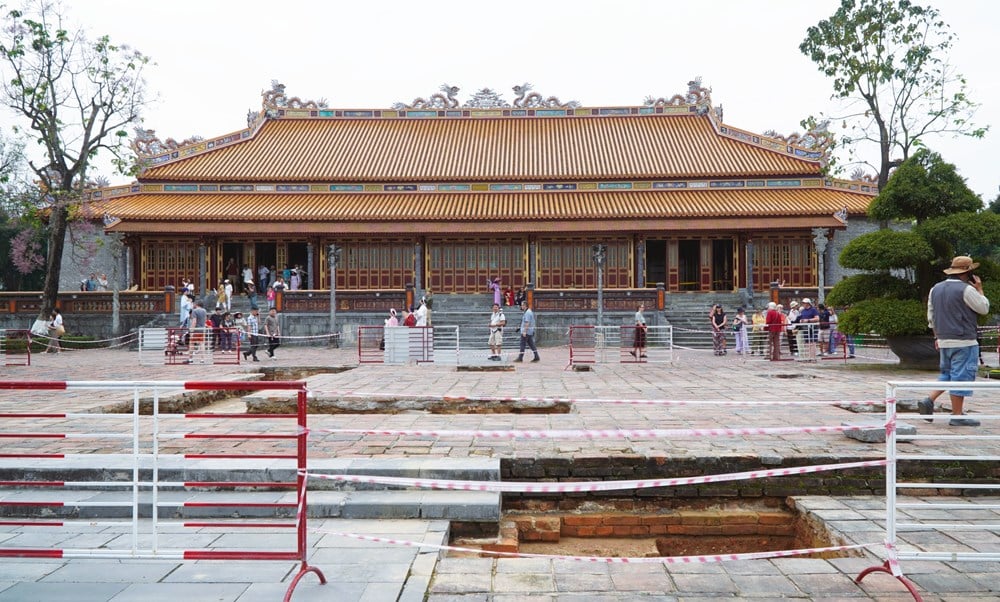


















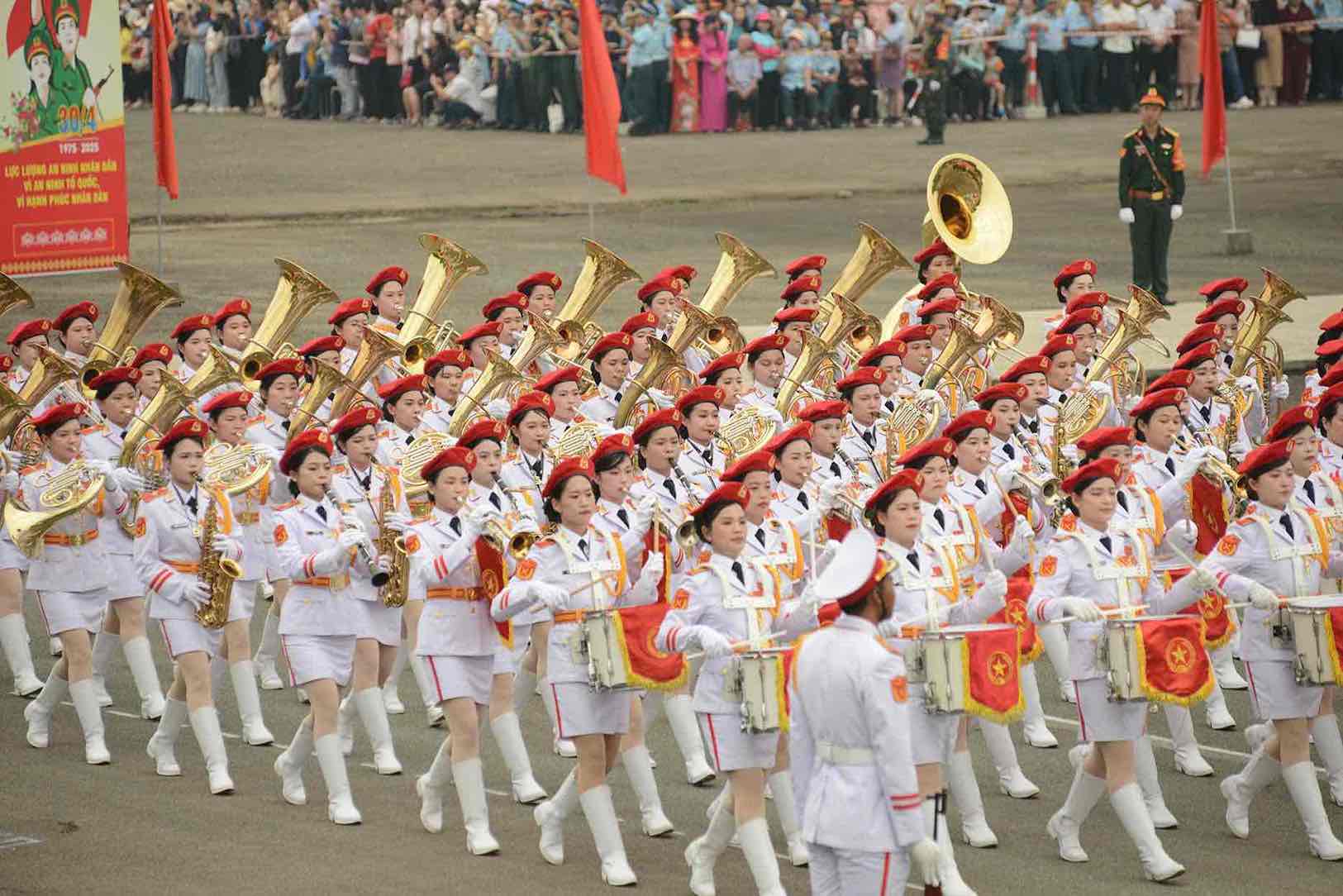
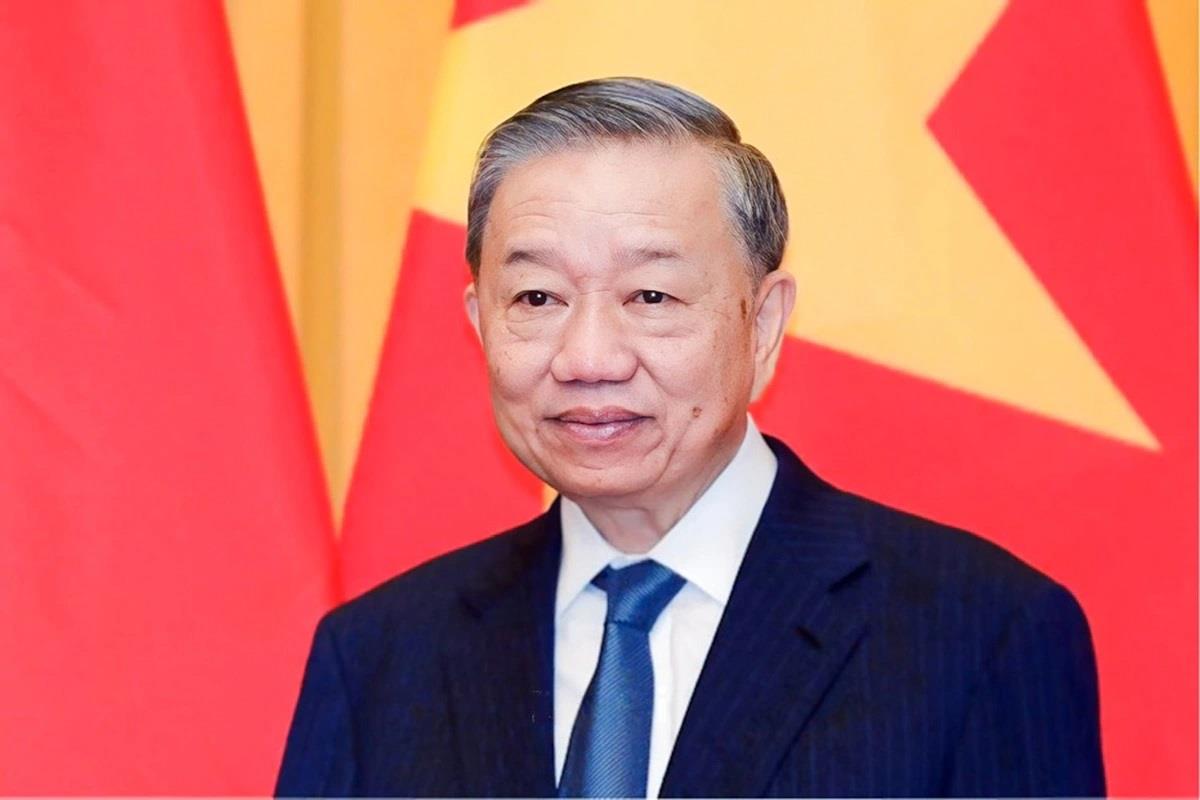
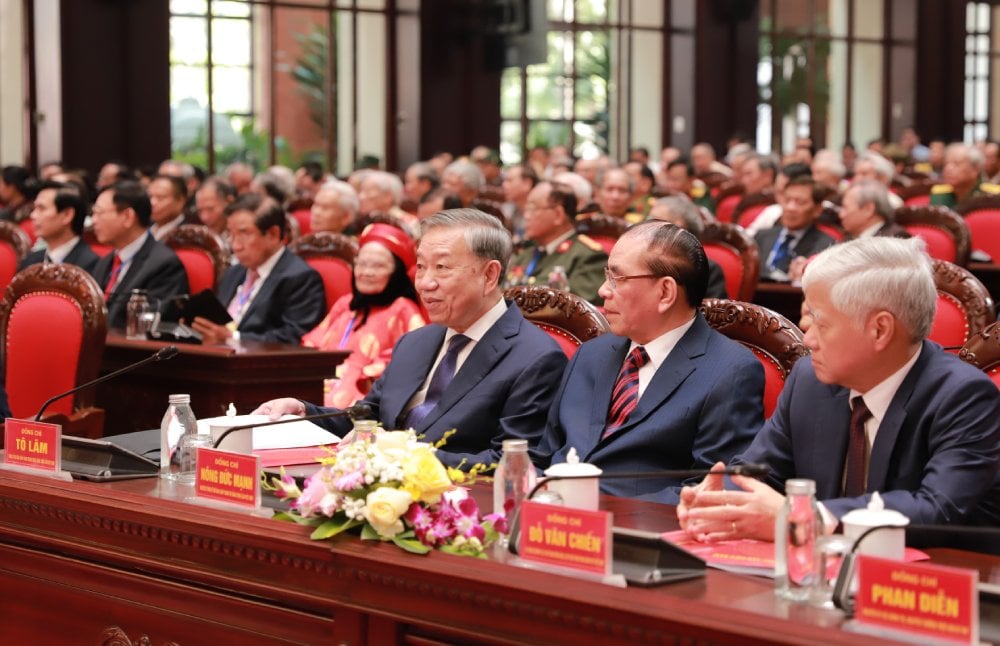

![[Photo] Welcoming ceremony for Chinese Defense Minister and delegation for friendship exchange](https://vstatic.vietnam.vn/vietnam/resource/IMAGE/2025/4/17/fadd533046594e5cacbb28de4c4d5655)




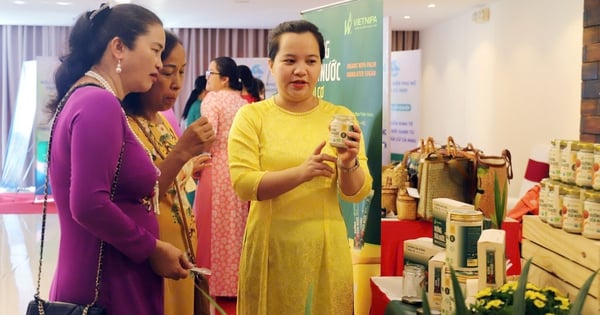






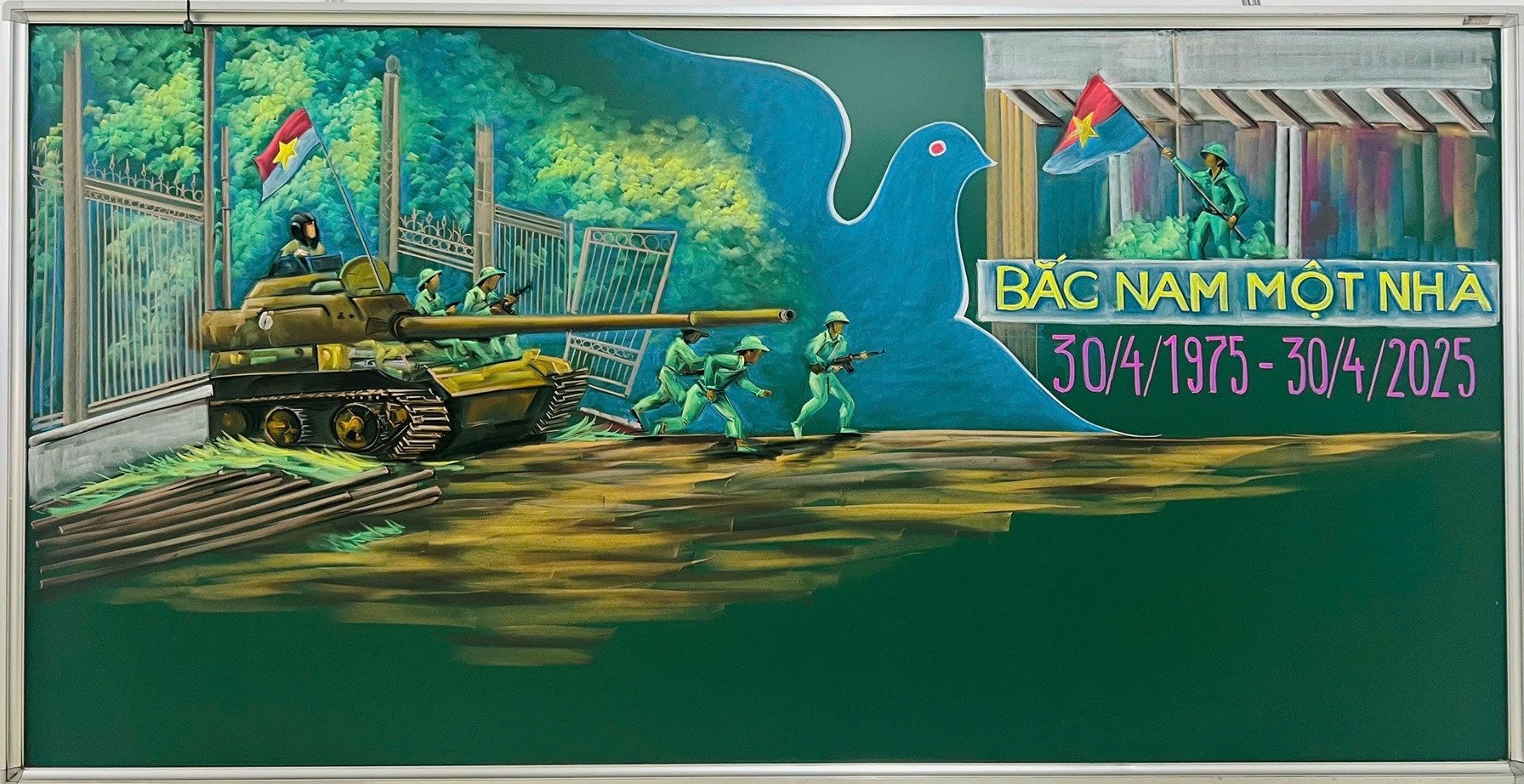
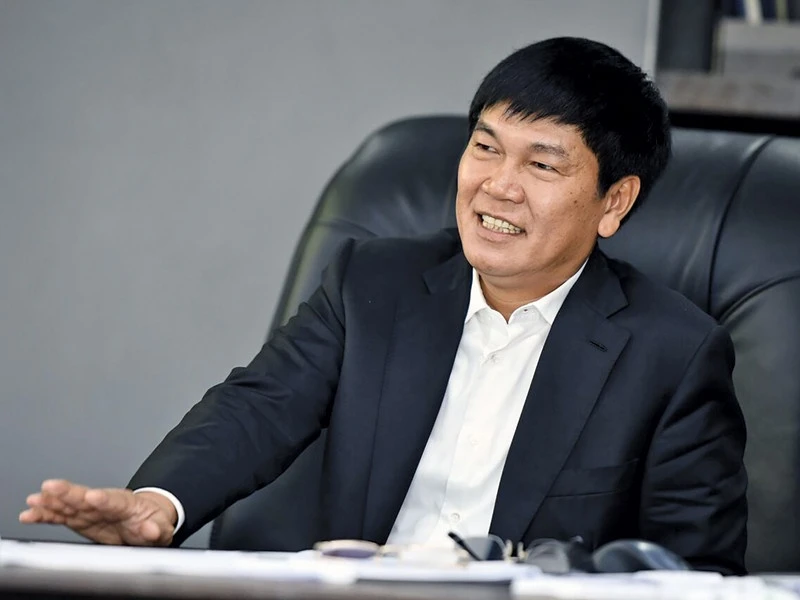

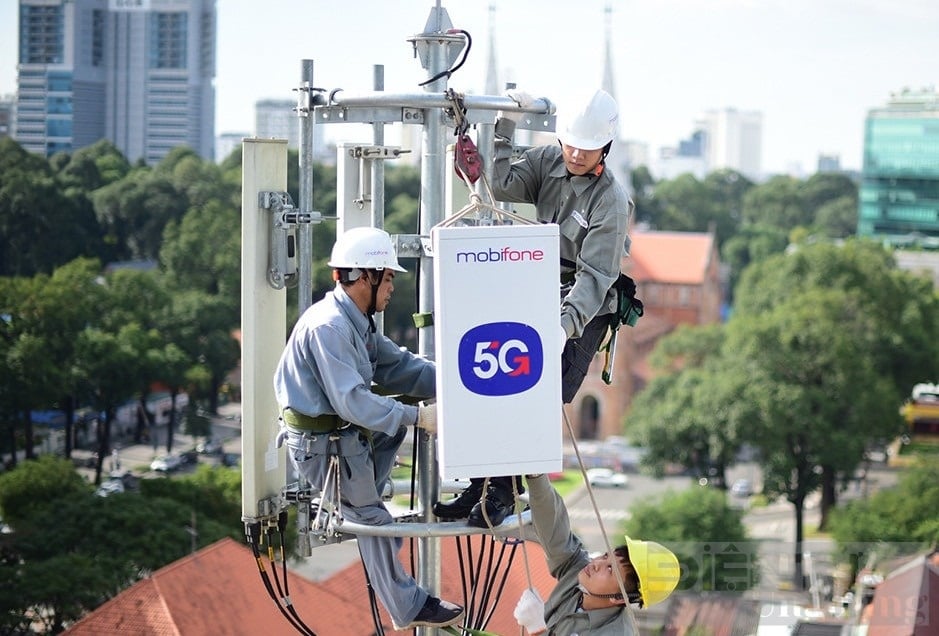

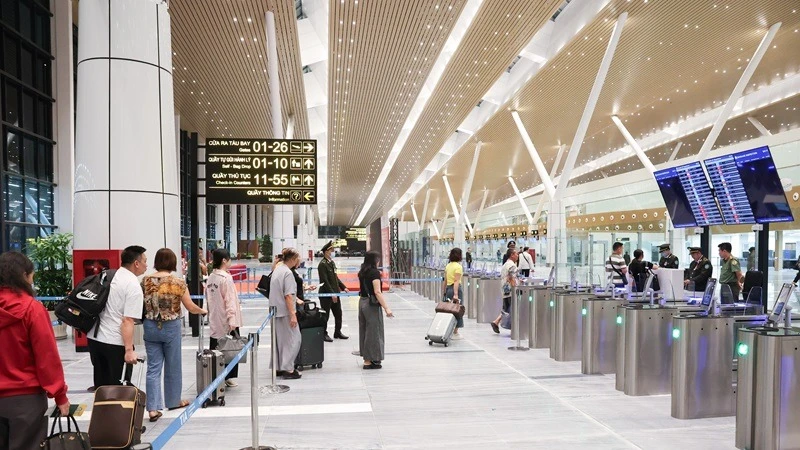
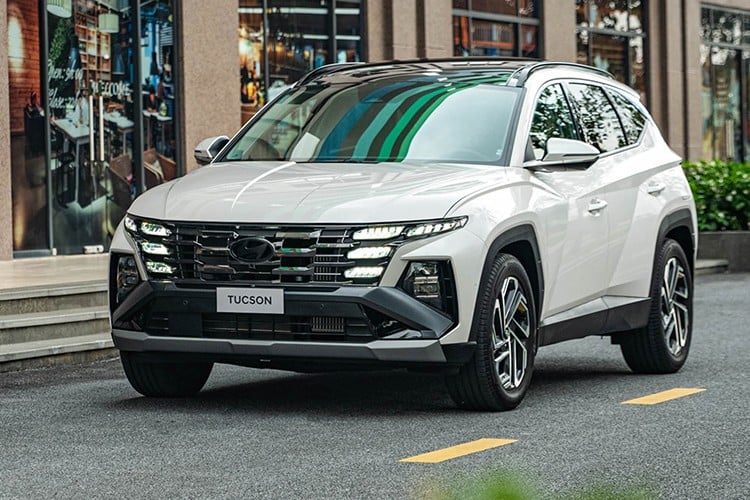

![[Video] Viettel officially puts into operation the largest submarine optical cable line in Vietnam](https://vstatic.vietnam.vn/vietnam/resource/IMAGE/2025/4/17/f19008c6010c4a538cc422cb791ca0a1)
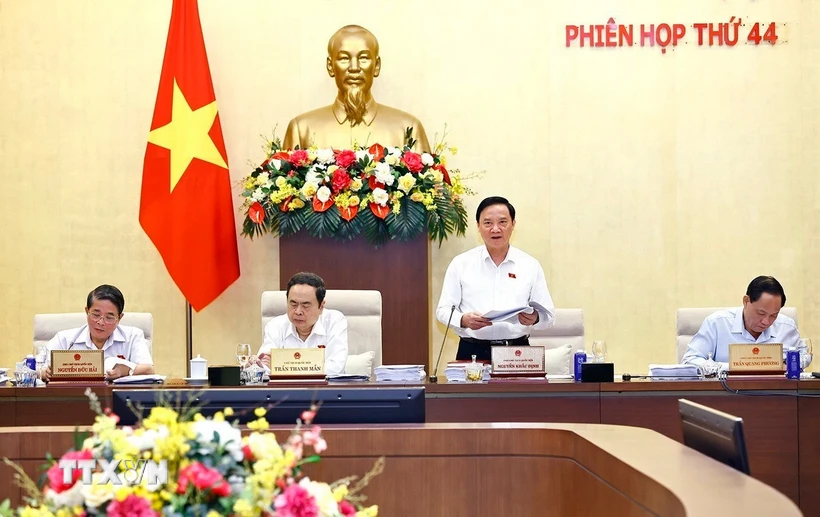
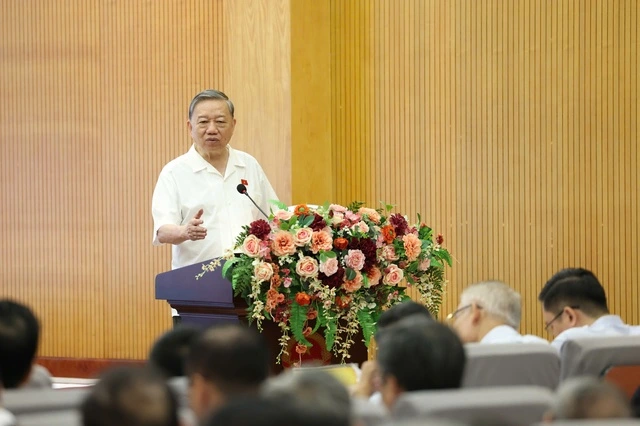

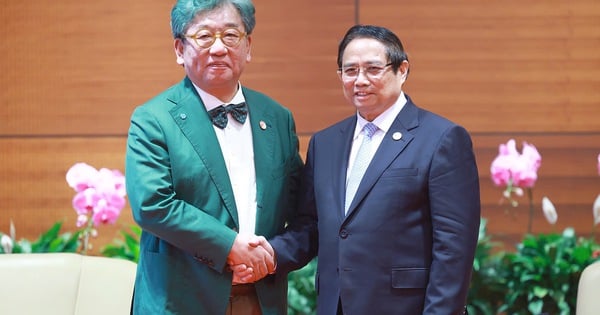

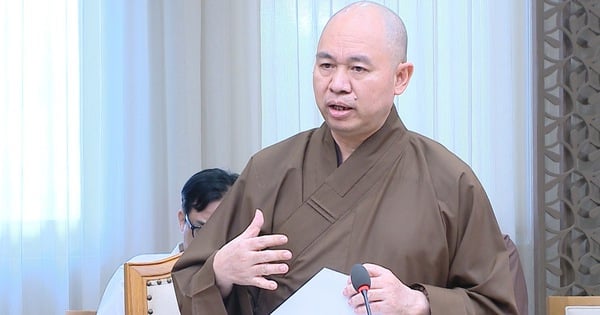
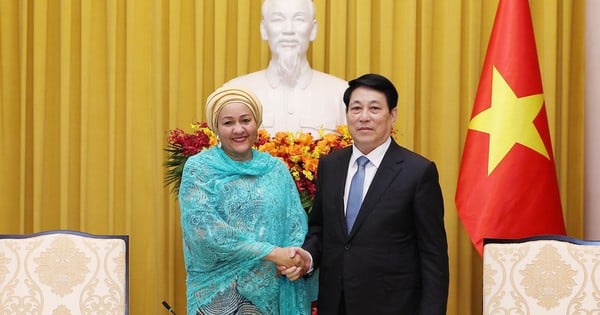
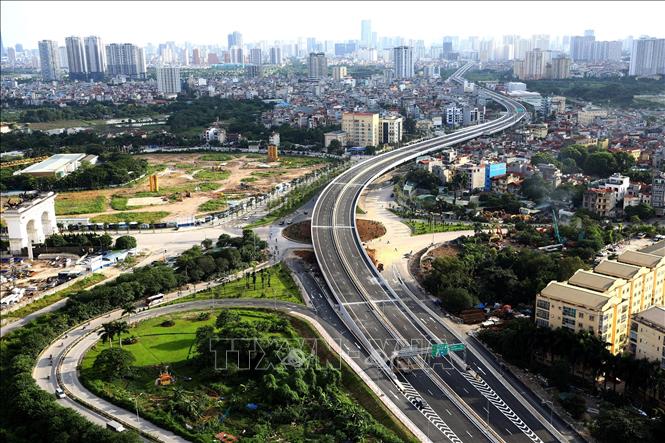

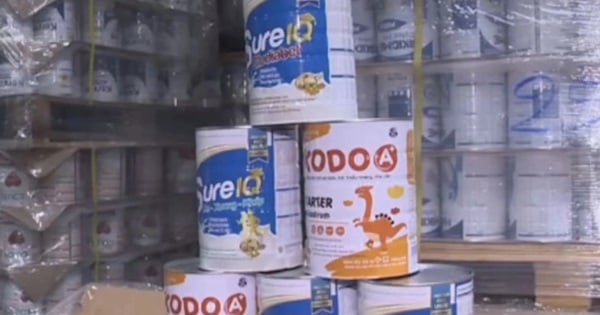

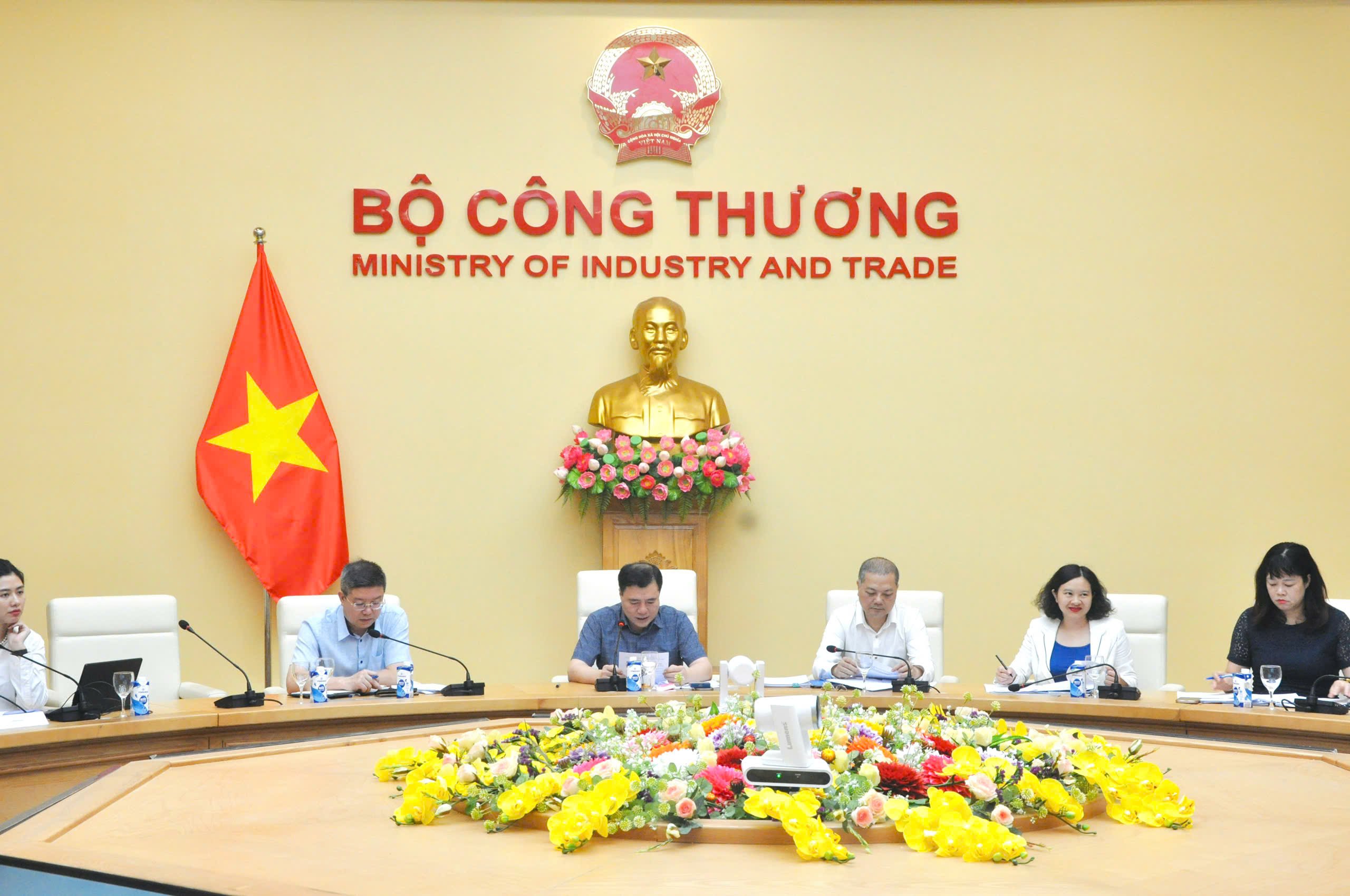





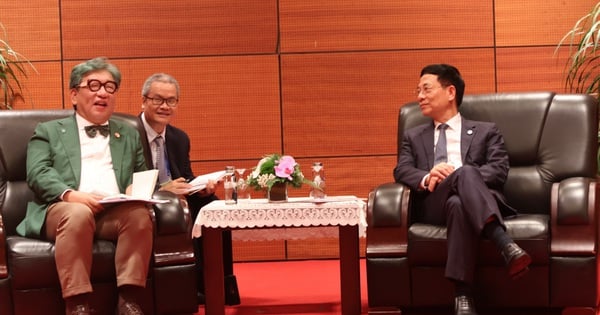
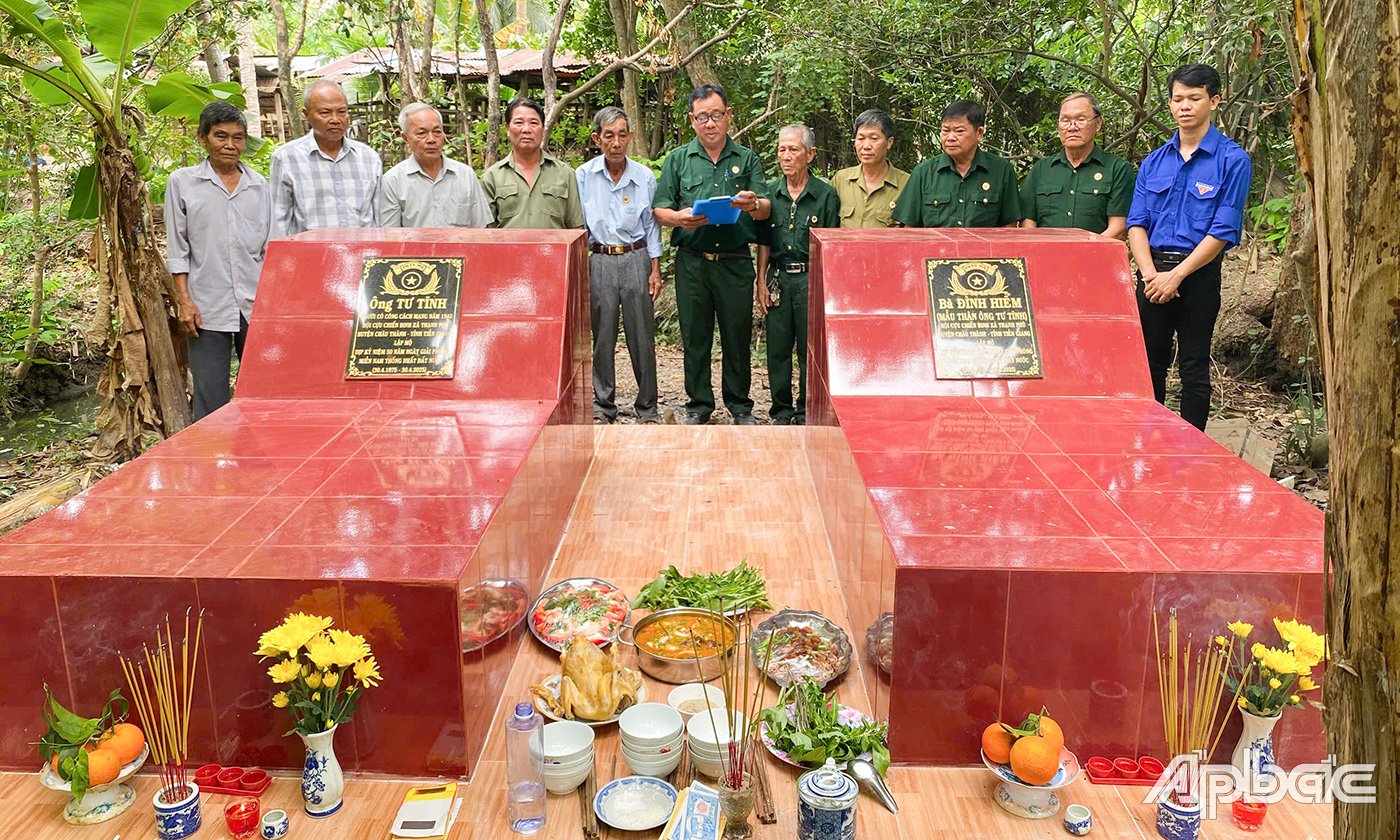

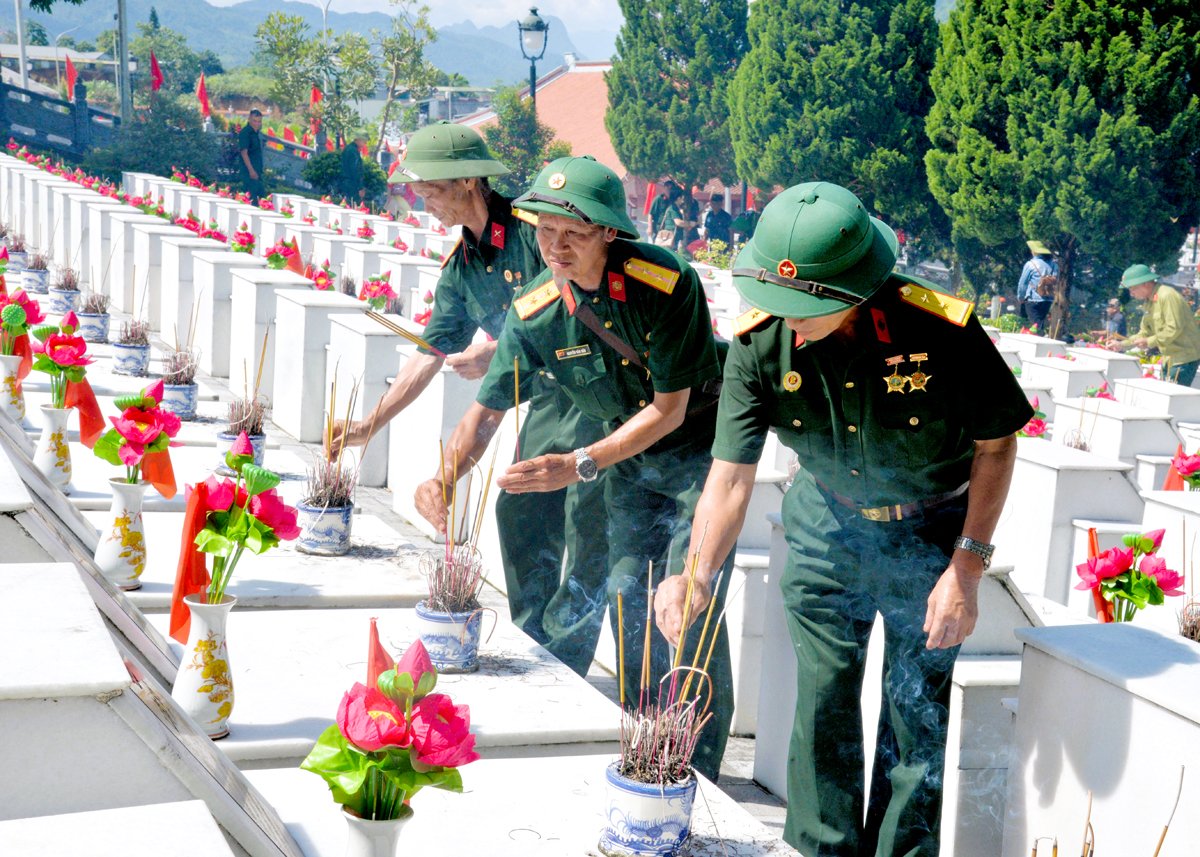

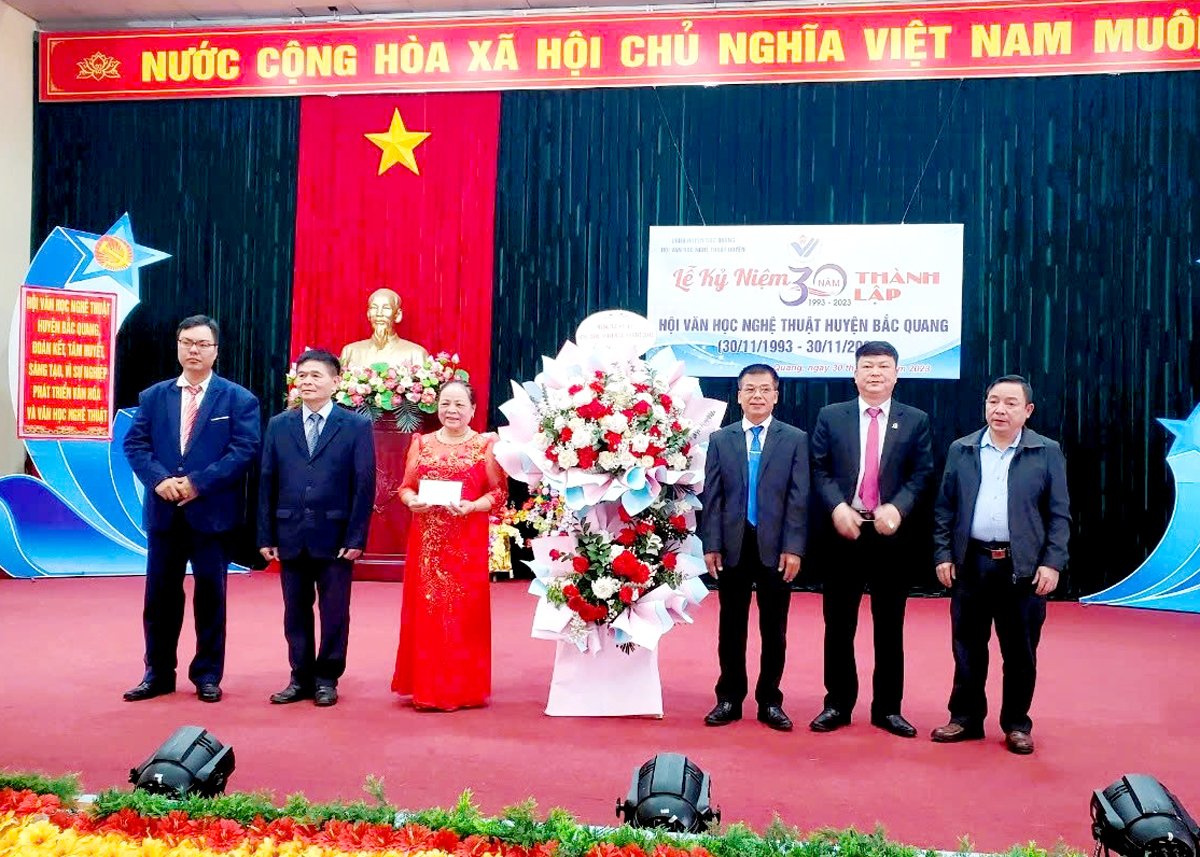
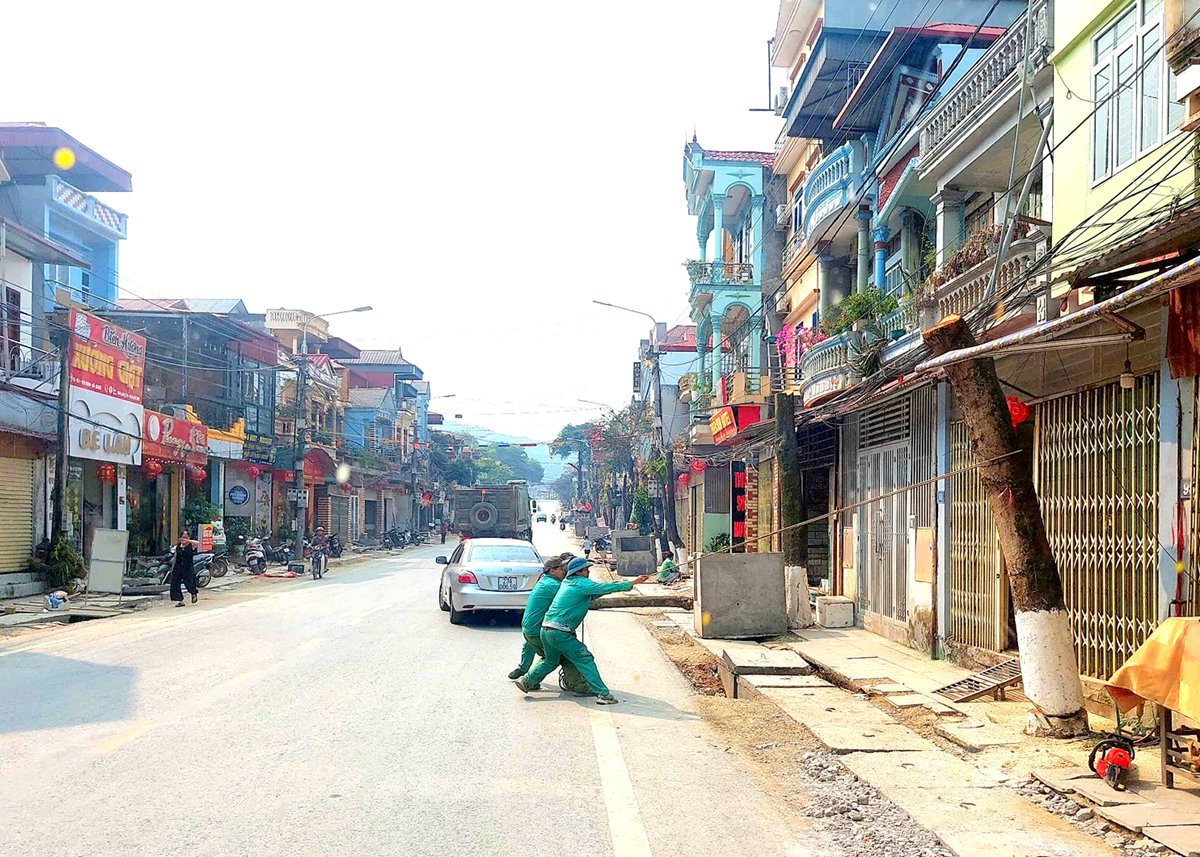
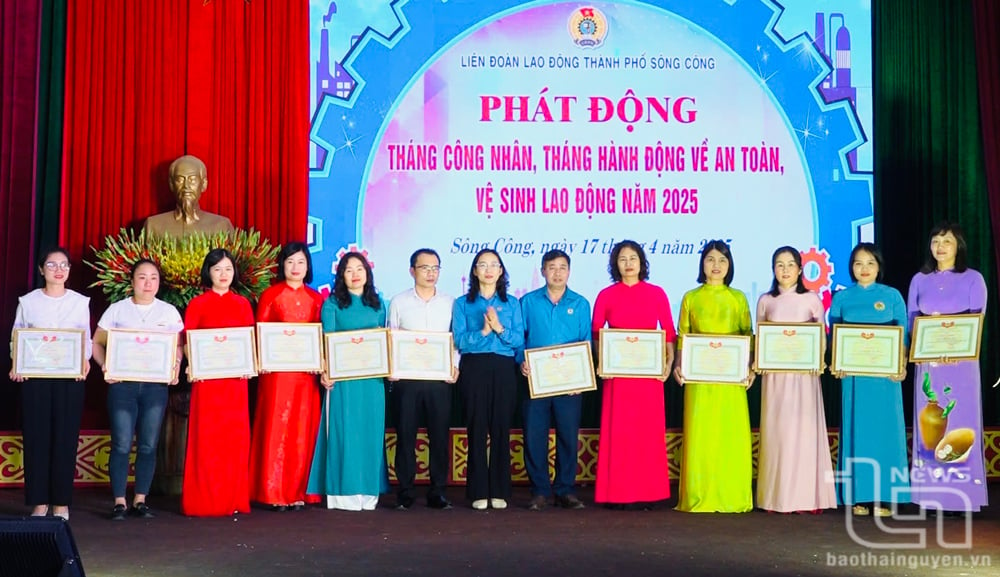

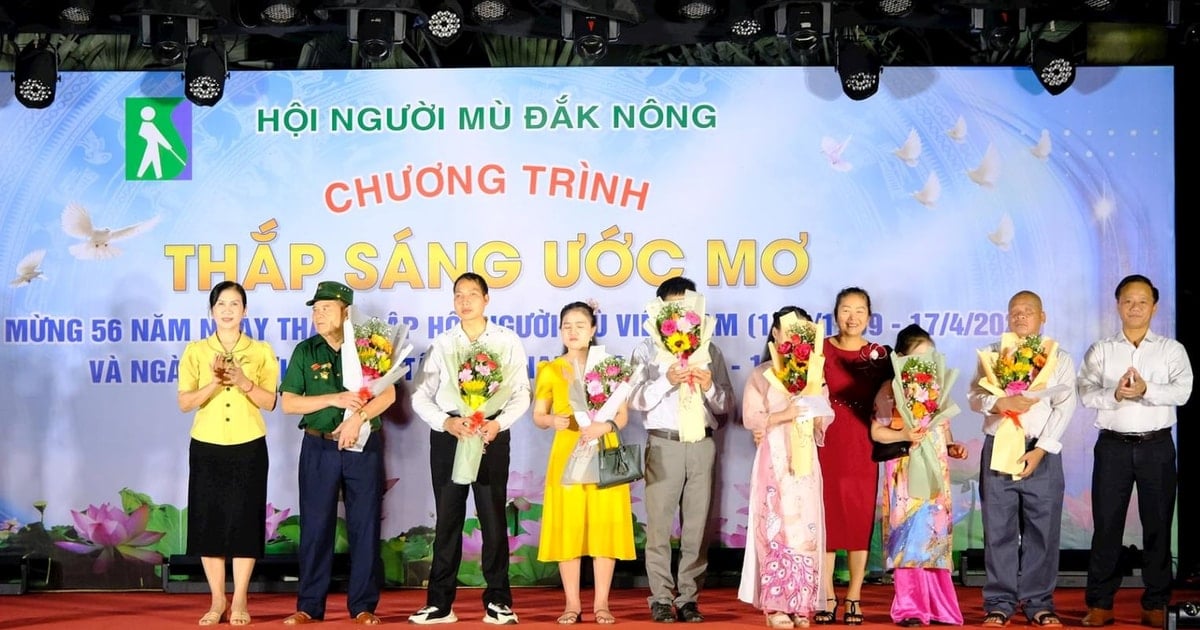





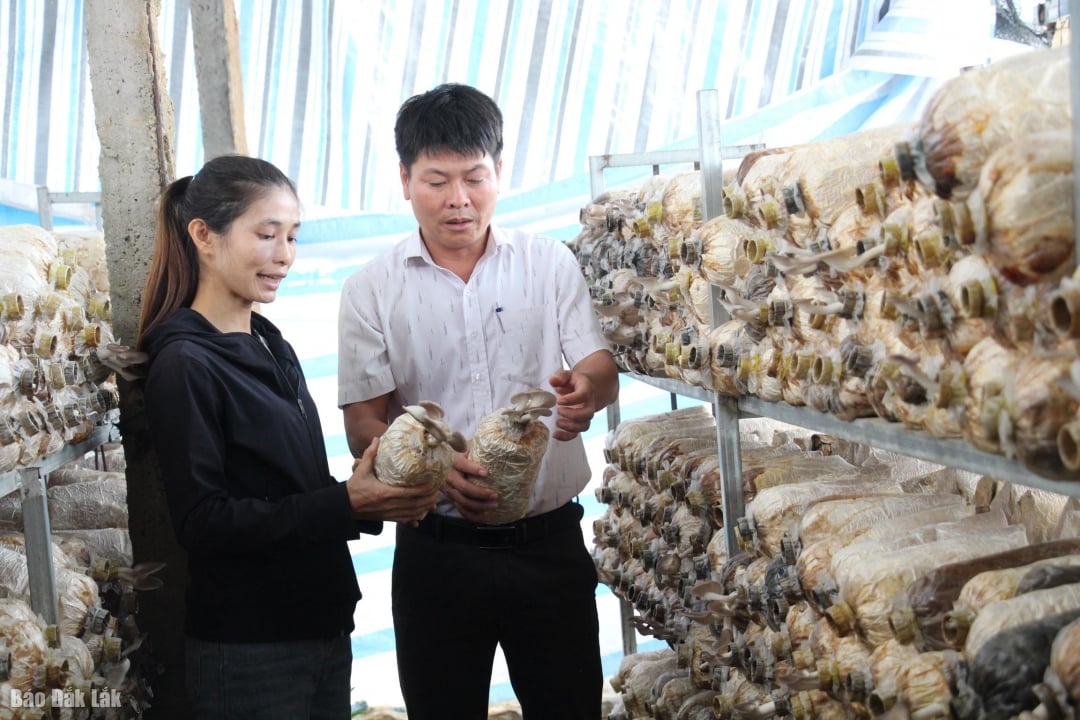

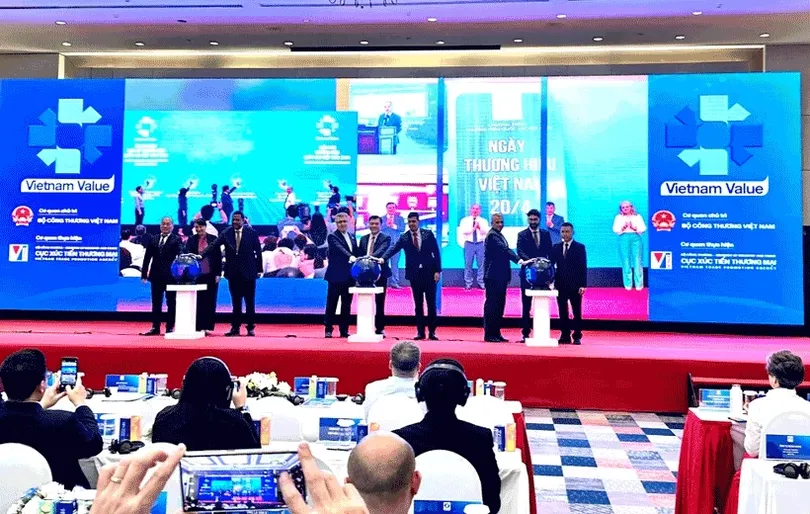




Comment (0)